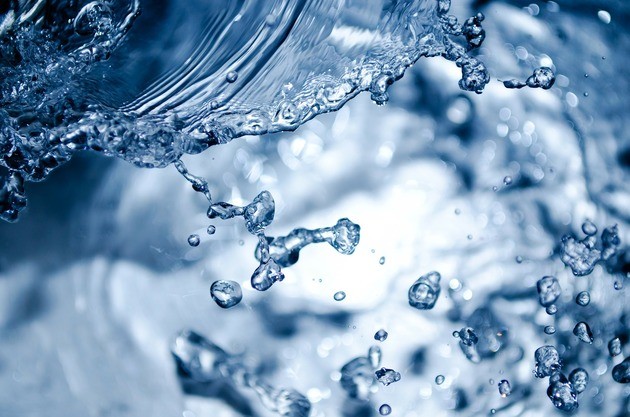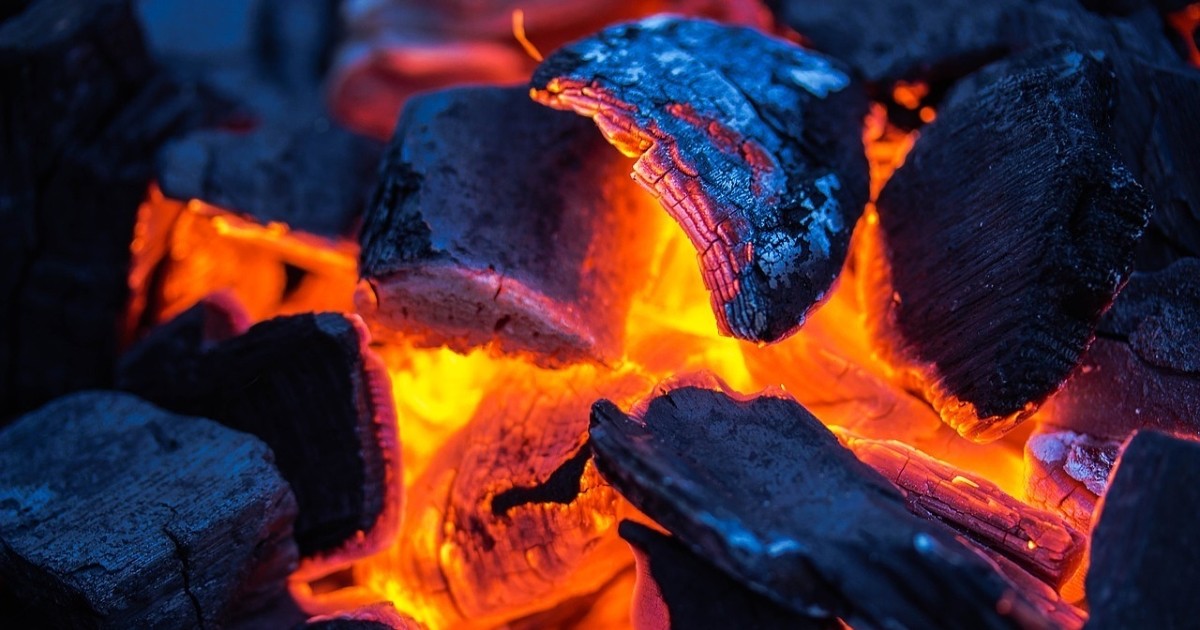A organic compound is any compound that has carbon as its base. Its bonds are covalent, carbon to carbon, or carbon to hydrogen. It is synthesized mainly by living beings, however, it can also be synthesized artificially. Compounds of this type constitute the branch of organic chemistry.
A inorganic compound is any compound that does not have carbon as its main element and in which no covalent bonding occurs between carbon and hydrogen. The most common type of bonding in this compound is the ionic. Compounds of this type constitute the branch of inorganic chemistry.
|
Organic compound |
Inorganic compound |
|
|---|---|---|
|
Definition |
Any compound that has carbon as its main element and exhibits covalent carbon and hydrogen bonds. |
Any compound whose main element is not carbon, and which has no carbon-hydrogen bonds. |
|
Characteristics |
|
|
|
Type of bond |
Covalent. | Mostly ionic, and to a lesser extent covalent. |
| Examples | Sugars, nucleic acids, alcohol, wood, proteins, lipids, hemoglobin, methane. | Ammonia, water, sodium bicarbonate and carbon dioxide. |
What is an organic compound?

An organic compound is a compound that has as main element carbonand has covalent carbon-hydrogen or carbon-carbon bonds. Other components that can be part of this type of compounds are oxygen and nitrogen.
Organic compounds are the elements studied by organic chemistry, the rest of the compound elements being studied by inorganic chemistry. Carbon forms part of more than 90% of chemical substances.
However, hydrogen is also an important element in this type of compounds. It is bonded to carbon and together they join with other atoms such as nitrogen, phosphorus, boron, sulfur, halogens and oxygen to form many other compounds.
Another of their characteristics is that of being isomers, which means that the same molecular formula can refer to more than one compound. They have different structures or properties, so their elements are distributed differently.
Characteristics of organic compounds
- They are composed of carbon atoms, which produce carbon-carbon or carbon-hydrogen bonds.
- Hydrogen is also an important element in their composition, in addition to oxygen and nitrogen.
- Its bonding is covalent, which means that its constituent atoms share the electrons of the original elements.
- They can concatenate, thanks to their carbon atoms.
- They can be synthesized by living beings (biomolecules) or artificially.
- Their bonds also attract other elements such as oxygen and nitrogen.
- The vast majority do not dissolve in water.
- They are highly volatile (combustible) and not very resistant to high temperatures.
- Their boiling and melting points are low.
- They are poor conductors of electricity.
- Their reactivity is slow.
- They show isomerism.
- Organic compounds (presence of carbon) represent the majority of known compounds.
- Organic acids and bases are mild and with minor dissolution in water.
Organic compounds and living things
These compounds are part of the composition of all living beings and represent the largest amount of chemical elements that exist. They define the functions of organisms and therefore constitute the “chemistry of life”. They are part of the chemical processes and reactions of organisms that allow cells to develop the functions that a being needs to live.
Until the beginning of the 19th century, organic compounds were considered to be found only in living beings or to be produced exclusively by them. However, in 1823, the German chemist Friedrich Wöhler (1800-1882) conducted an experiment in which he succeeded in synthesizing urea, an organic compound, from an inorganic compound.
This refuted the notion of the “life force,” the idea of which was that only living things had the ability to produce organic matter.
Organic biomolecules
Organic compounds that are synthesized by living things are known as organic biomolecules. These compounds enable life to exist, and are grouped into nucleic acids, carbohydrates, lipids, proteins and vitamins.
However, there are also compounds that are not synthesized naturally and are created artificially by humans, as is the case of plastic.
Covalent bonding of an organic compound
A covalent bond or atomic bond is a bond composed of a pair or more of electrons that two nonmetallic atoms share. The nuclei of these electrons attract each other, causing them to bond. The total energy of these atoms is lower than the energy of other atoms that are not bonded. These bonds occur between atoms of non-metallic elements that have similar electronegative values and their covalence is higher if their electronegativity is lower. A covalent bond can occur between carbon and carbon, or between carbon and hydrogen.
Because organic compounds have covalent bonds, specifically those made up of carbon, they can also be concatenated. That is, when there is a covalent bond between carbon atoms, when these are combined, very strong chains are formed. As a result of the concatenation, these strong and short chains produce highly resistant compounds, as in the case of a diamond.
Examples of organic compounds
- Citric acid (C6H8O7)
- Sugars (carbohydrates)
- Nucleic acids
- Acetylene (C2H2)
- Petroleum and derivatives such as gasoline or vinyl.
- Wood and coal
- Proteins
- Lipids
- Methane (CH4)
- Vitamin C (C6H8O6)
- Hemoglobin
You may be interested to know the difference between organic and inorganic chemistry.
What is an inorganic compound?

An inorganic compound is any compound consisting of two or more chemical elements, which lack carbon or, if present, lack carbon-hydrogen bonds.
Carbon is one of the key elements in the composition of organic elements, but it is not present in most inorganic compounds. However, there are compounds such as carbon monoxide (CO) and carbon dioxide (CO2) which are inorganic and do have carbon among their components.
In the case of hydrogen, this is an element found in many inorganic compounds (as in the case of water). However, carbon-hydrogen bonds are not present in the composition of these compounds.
They are very stable, withstanding high temperatures and being low volatile and combustible. Reactions occur when they come into contact with other elements.
Characteristics of inorganic compounds
- They are composed of all elements with the exception of combinations of carbon and hydrogen.
- The prevalent bond is ionic.
- They are soluble in water.
- They are good conductors of electricity.
- Low volatility and combustion.
- Boiling point is high.
- Its reactivity is fast.
- They show neither concatenation nor isomerism.
- They exist in a much smaller proportion than organic compounds.
- They are less complex than organic compounds.
- Inorganic compounds and living things
Inorganic compounds and living beings
Inorganic compounds are also part of living beings, even if they do not produce or synthesize them. Their synthesis originates in geological systems or they are produced artificially.
However, their presence is as important as that of organic compounds for the functioning of a living organism. For example, an inorganic compound such as water is vital for life and carbon dioxide (CO2) is also important for the life cycle of plants.
Ionic bonds of inorganic compounds.
Inorganic compounds contain mostly ionic bonds. In these bonds, one of the elements is an electron donor and the other is an electron acceptor, where each element is oppositely charged with ions.
Unlike covalent bonds, whose elements share electrons and have a low and uniform electronegative charge, in ionic bonds there is a wide difference between the electronegative charge of each. In addition, there is a transfer of electrons between the component atoms.
They are constituted by a metal and a non-metal. The metal that transfers an electron is known as a cation, while the element that gains an electron is known as an anion. In addition, this type of bonding allows these compounds to withstand high temperatures and have high boiling points.
Types of inorganic compounds
Organic compounds are grouped according to whether they are acids, bases, oxides and salts, in addition to other compounds.
- Acidsare compounds that, when dissolved, release hydrogen ions, have a bitter taste, are electrically conductive, soluble in water, and, together with bases, produce salt and water, etc.
- Basesare compounds capable of dissociating hydroxide ions, do not react with metals, and are slippery to the touch, etc.
- Oxidesare compounds in which at least one element is oxygen. They are mainly classified as acidic (when formed from nonmetals and rich in oxygen), basic (formed by metals), neutral (formed from nonmetals and poor in oxygen), among others.
- Saltsare ionic compounds, formed by cations and anions, are solids, with high heat resistance and conduct electricity in water. They are classified into basic salts (reactions between weak acids and strong bases), acid salts (reactions between strong acids and weak bases) and neutral salts (reactions between strong acids and strong bases).
Examples of inorganic compounds
- Ammonia (NH3)
- Sodium bicarbonate (NaHCO3)
- Water (H2O)
- Carbon dioxide (CO2)
- Calcium oxide or Lime(CaO)
- Nitrous oxide (N2O)
You may be interested to see also:




